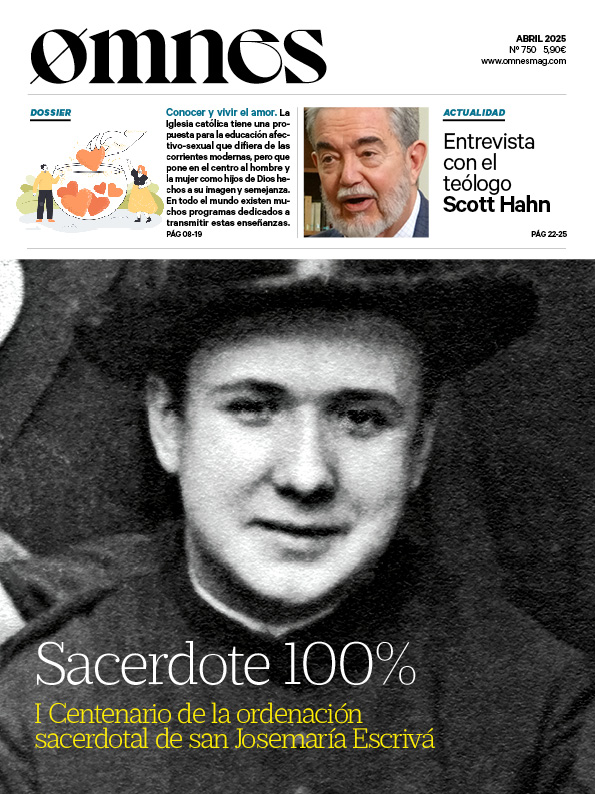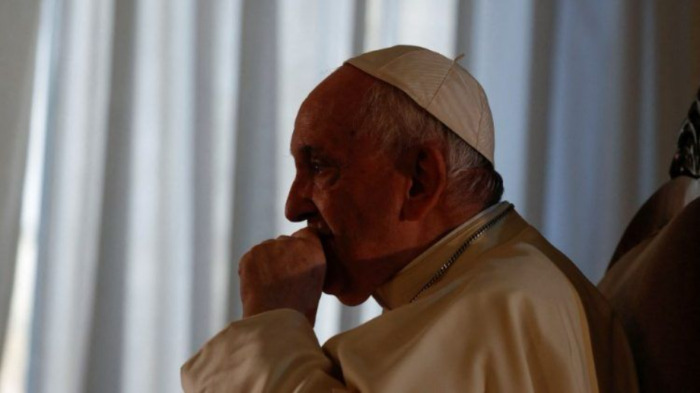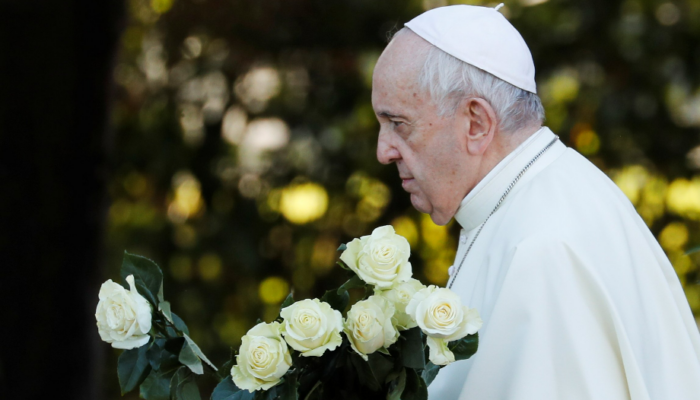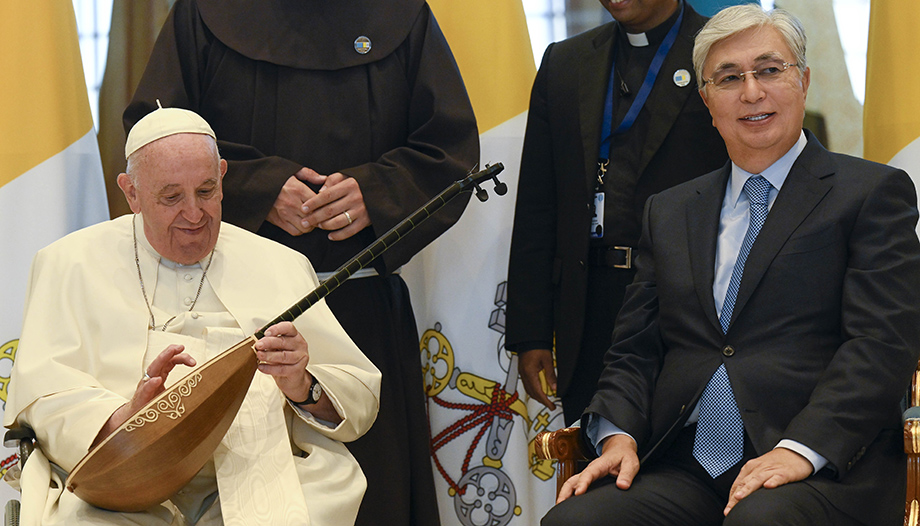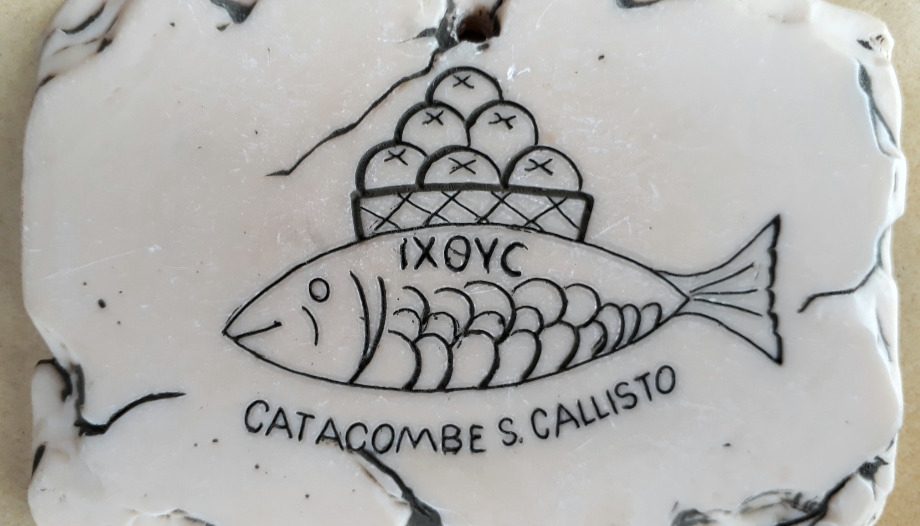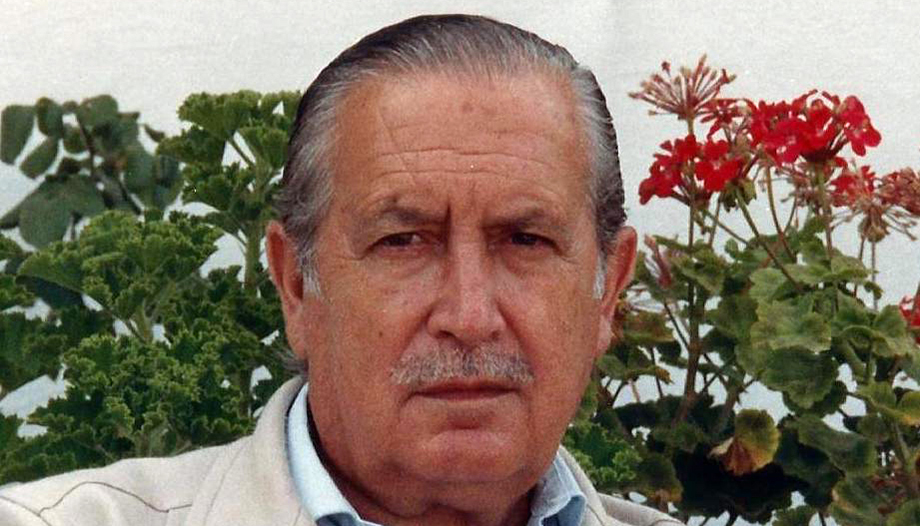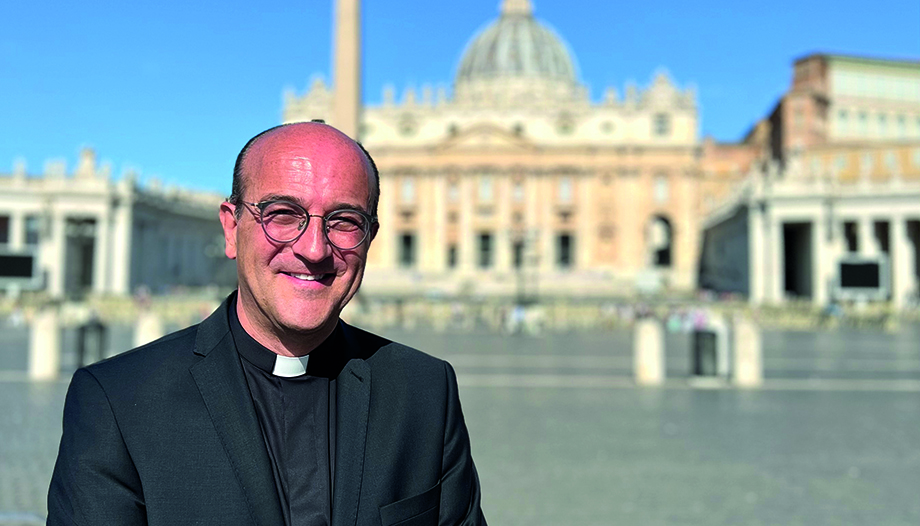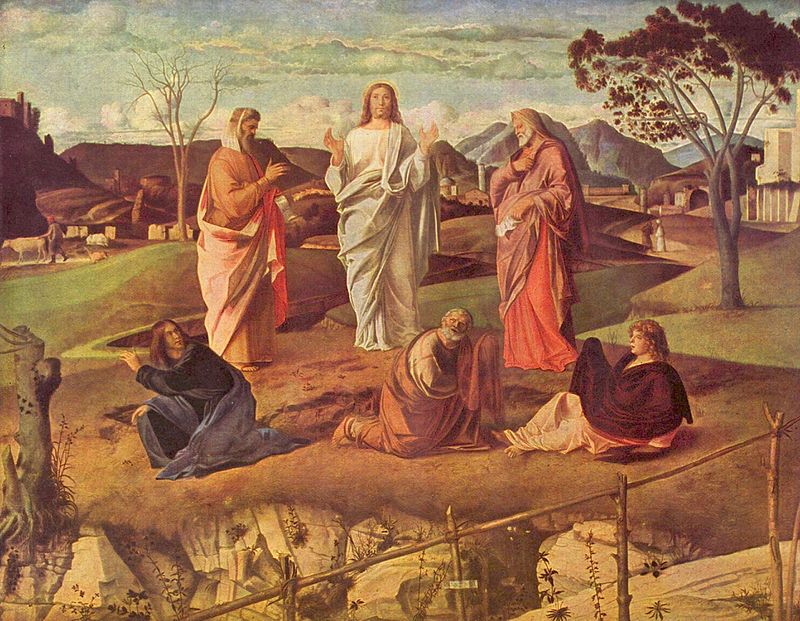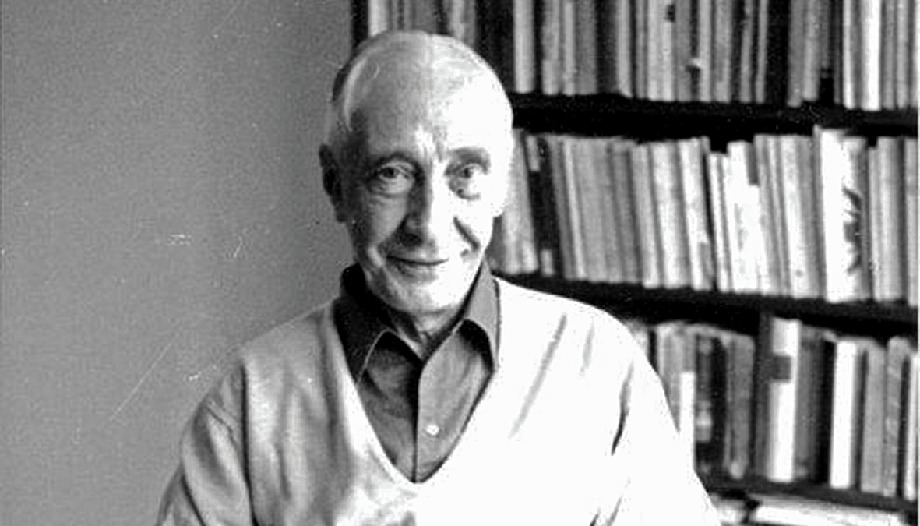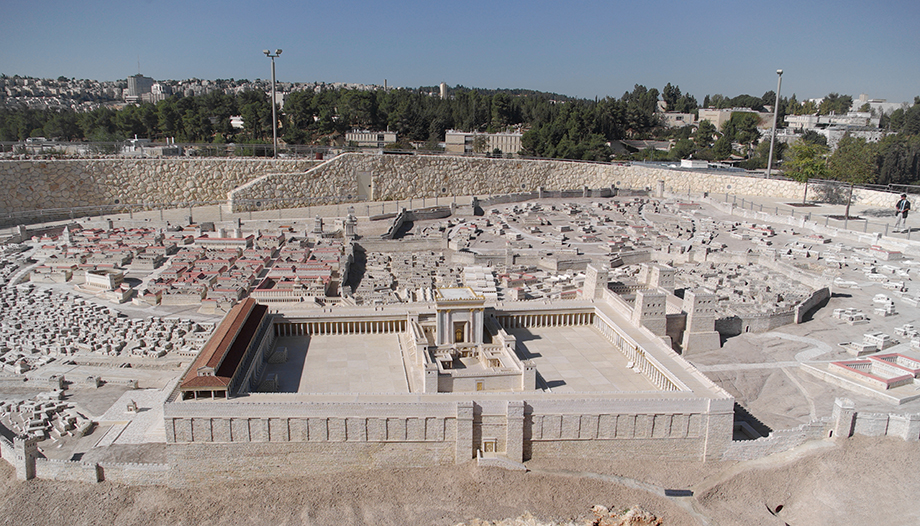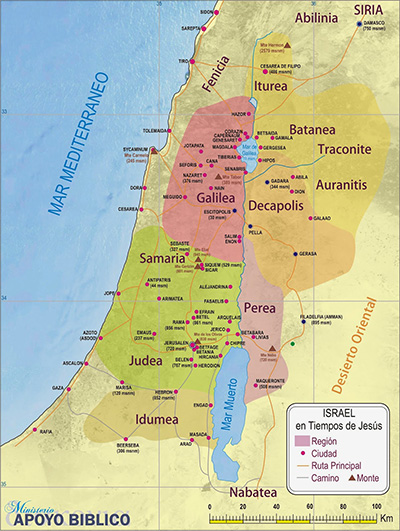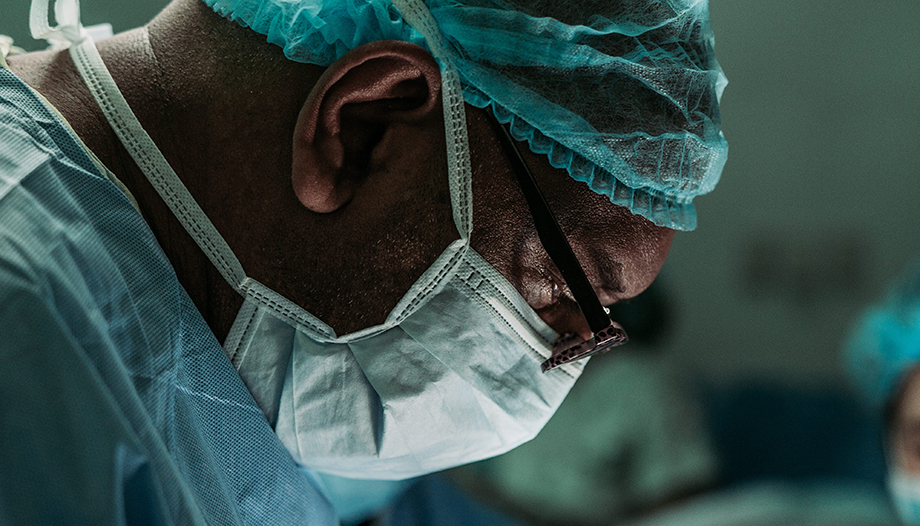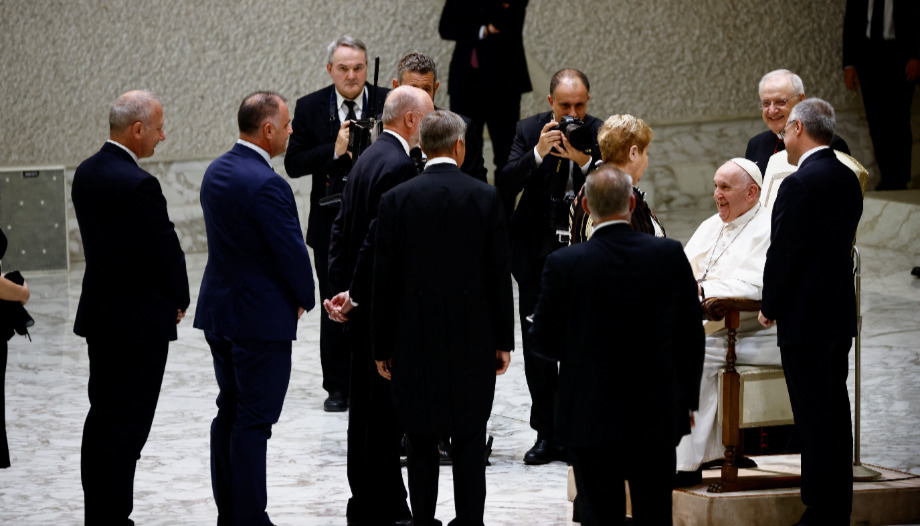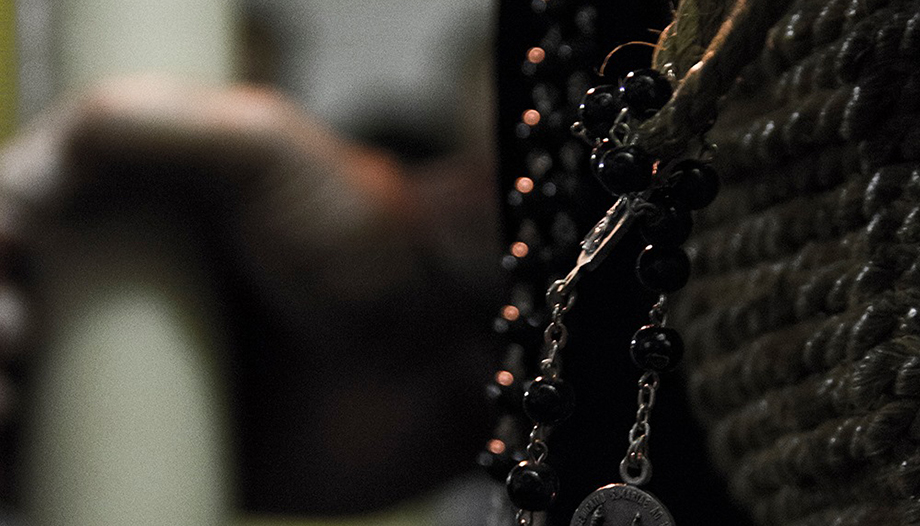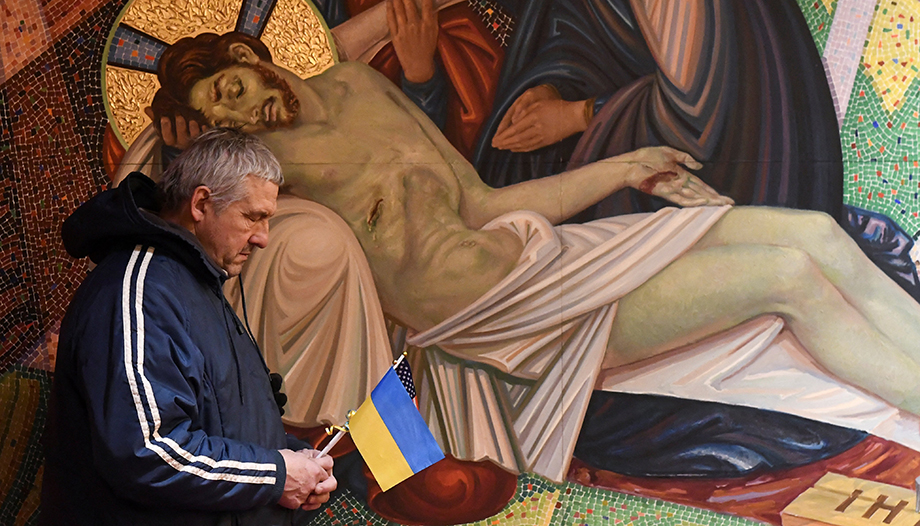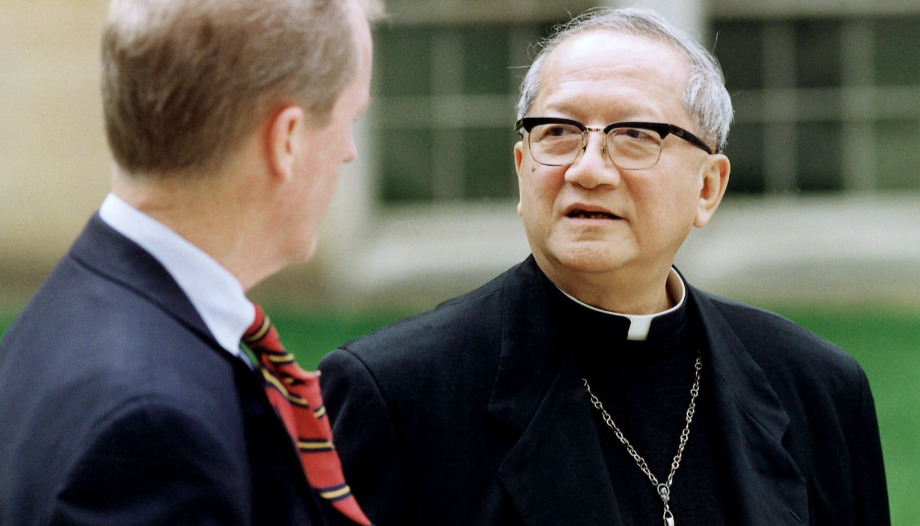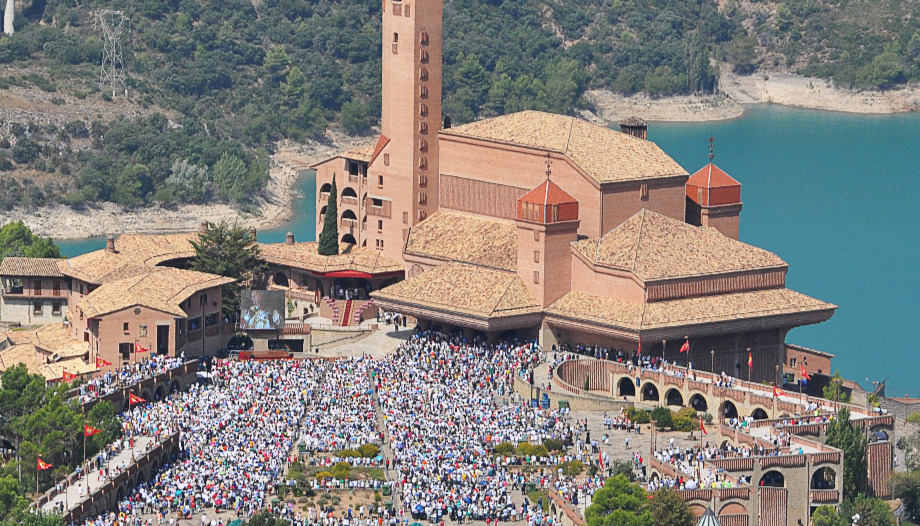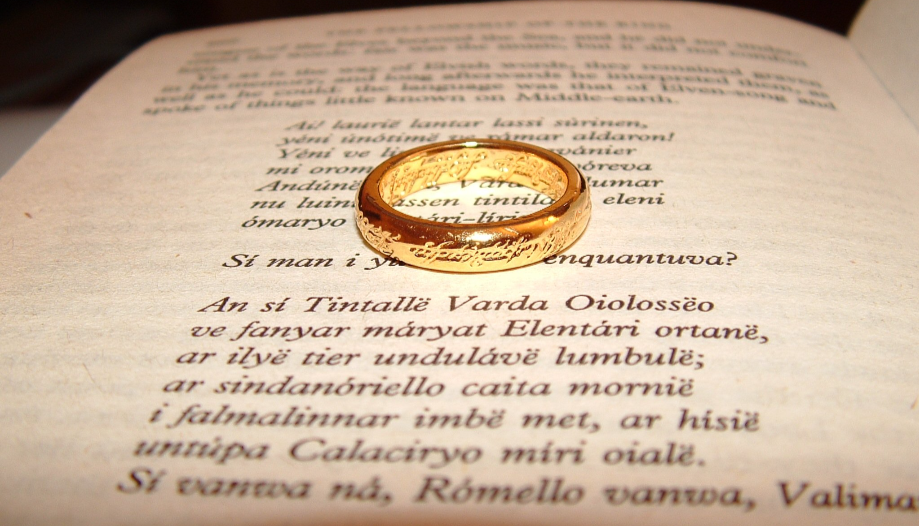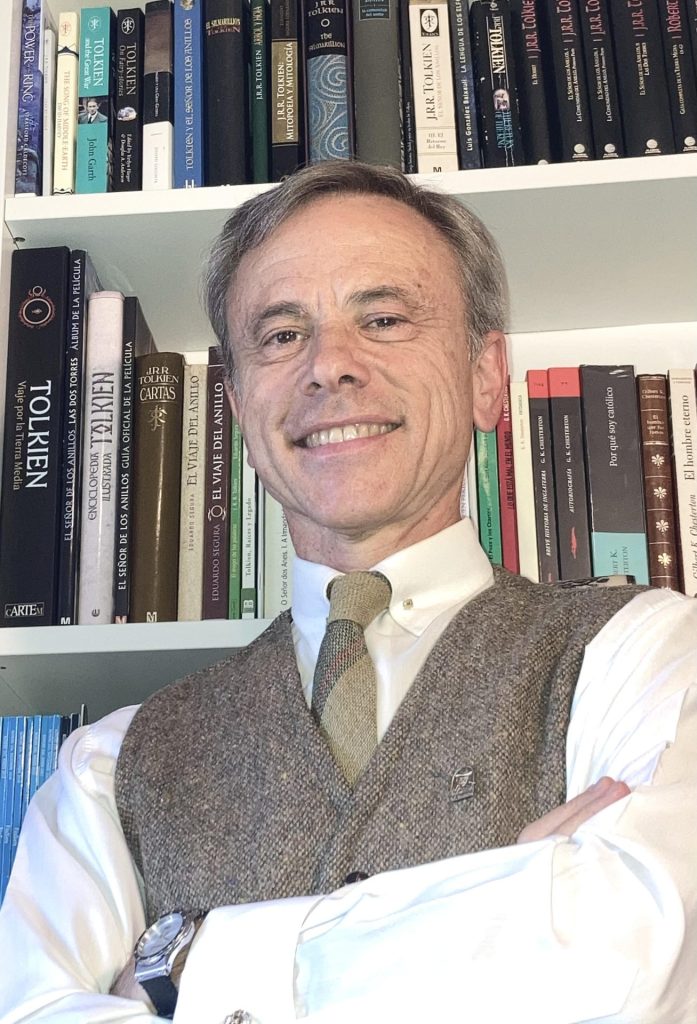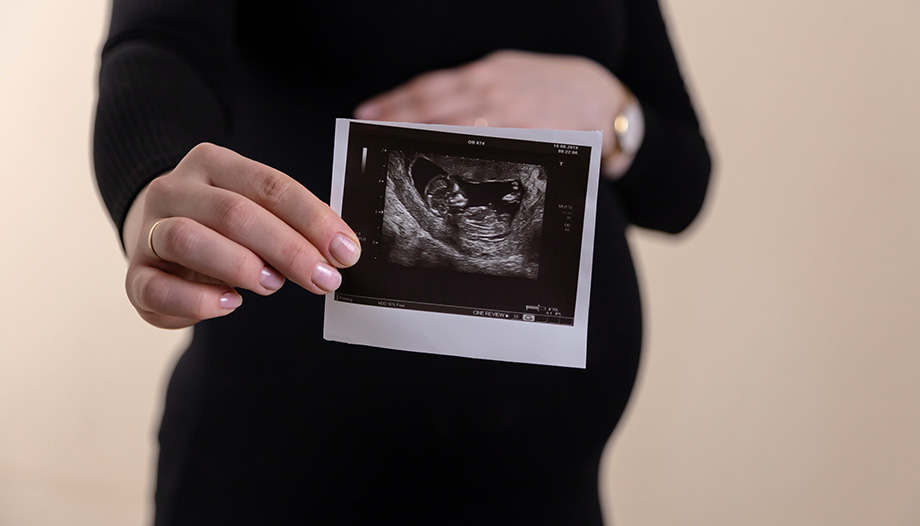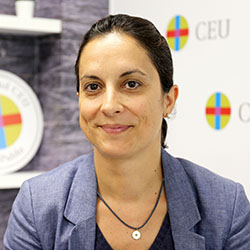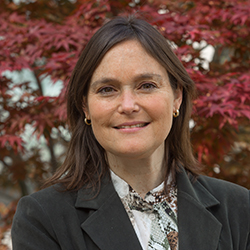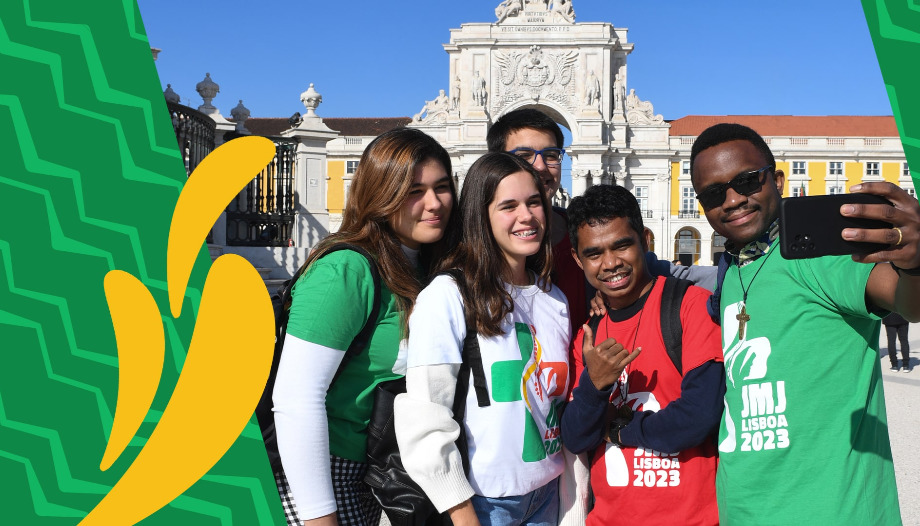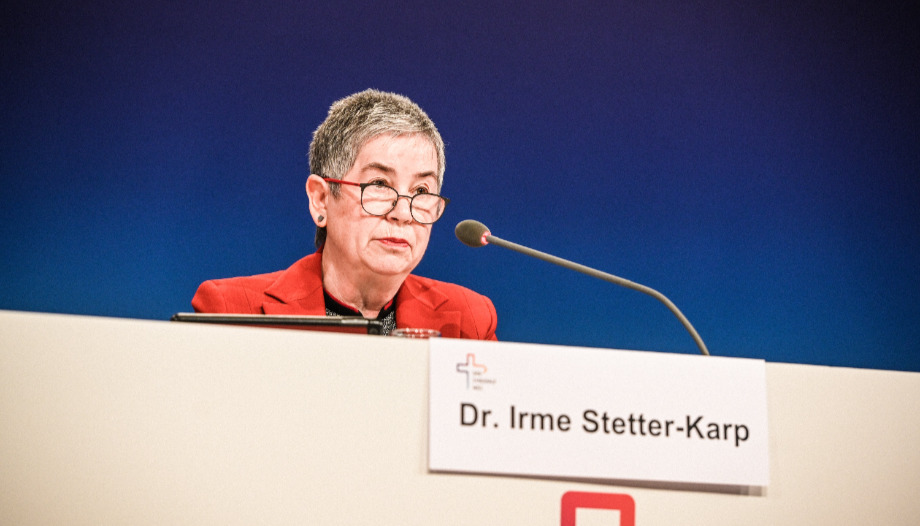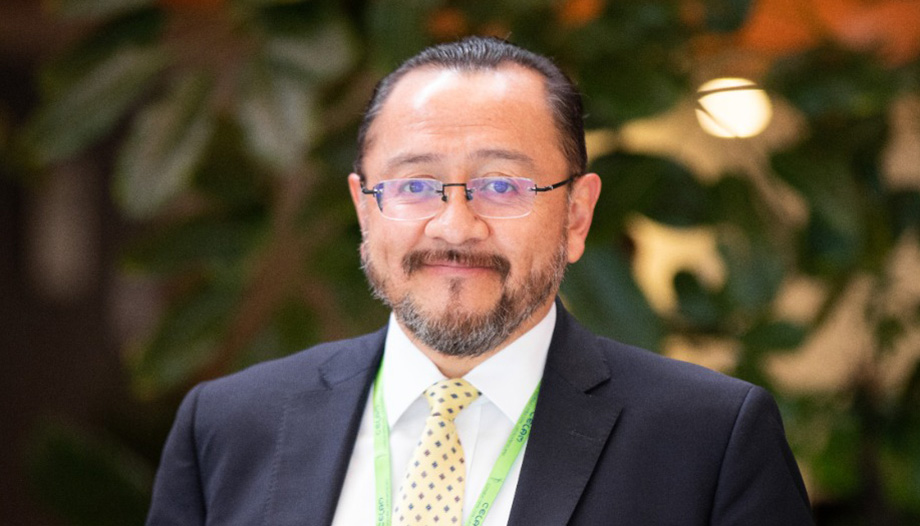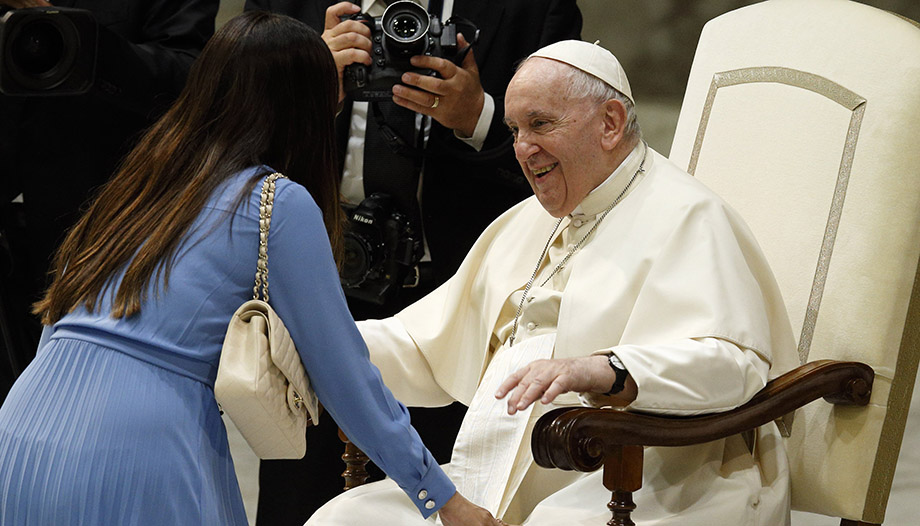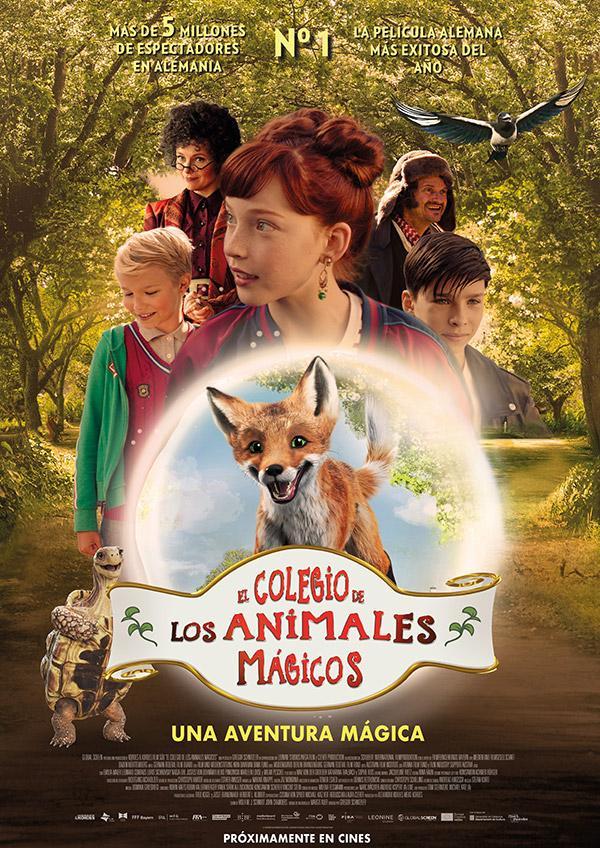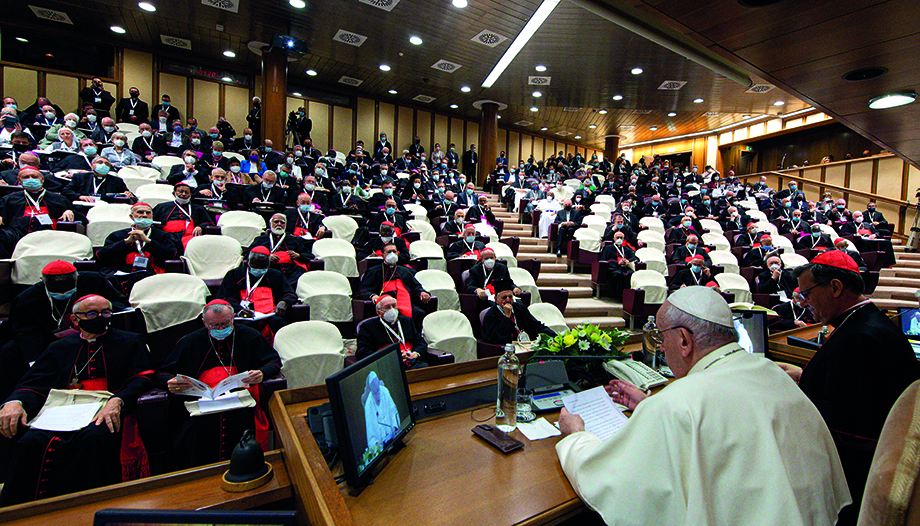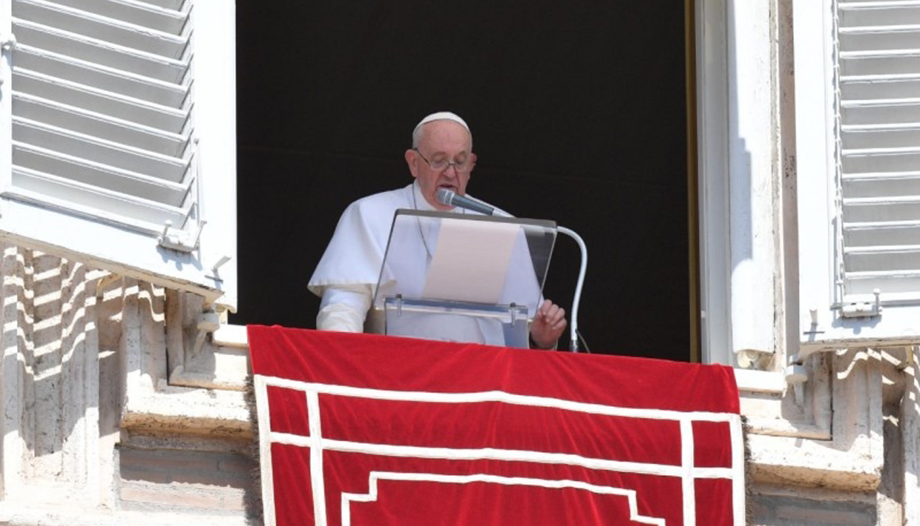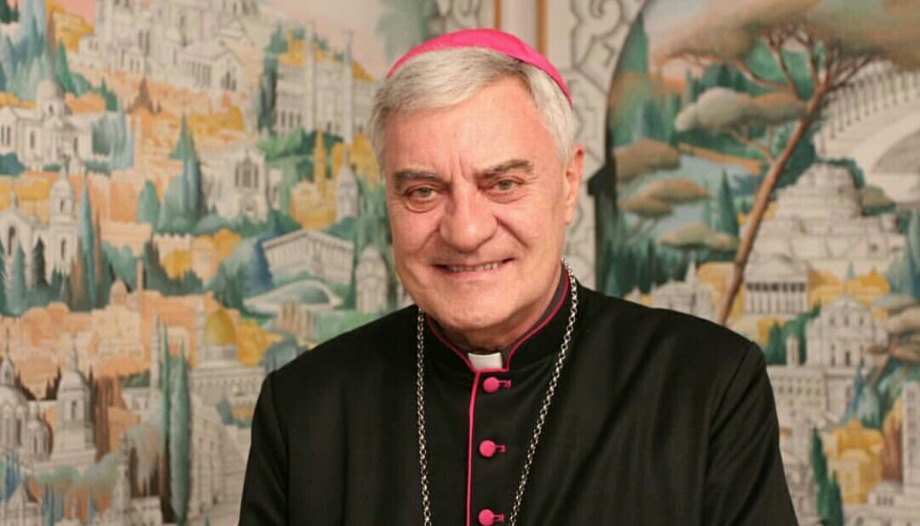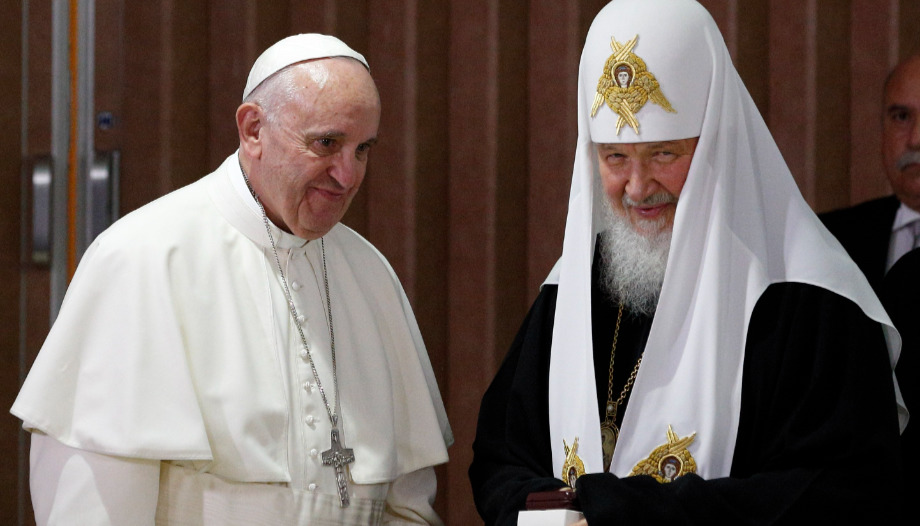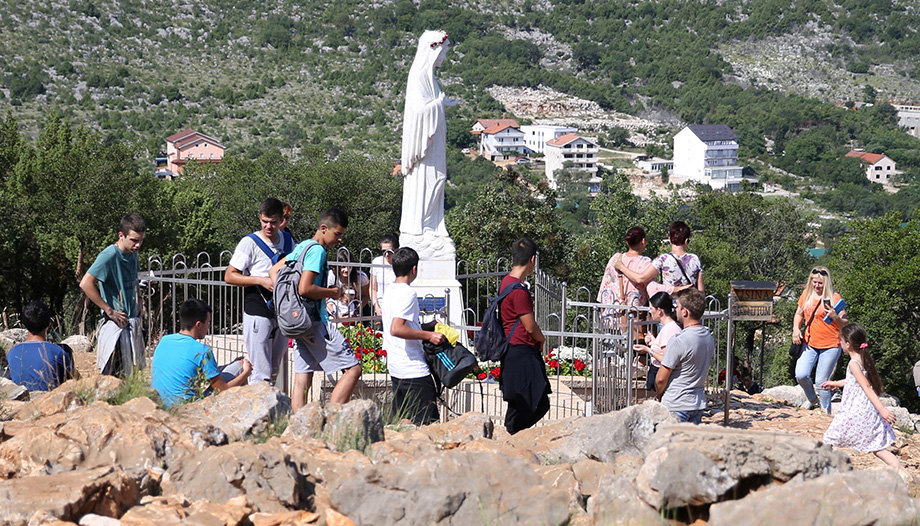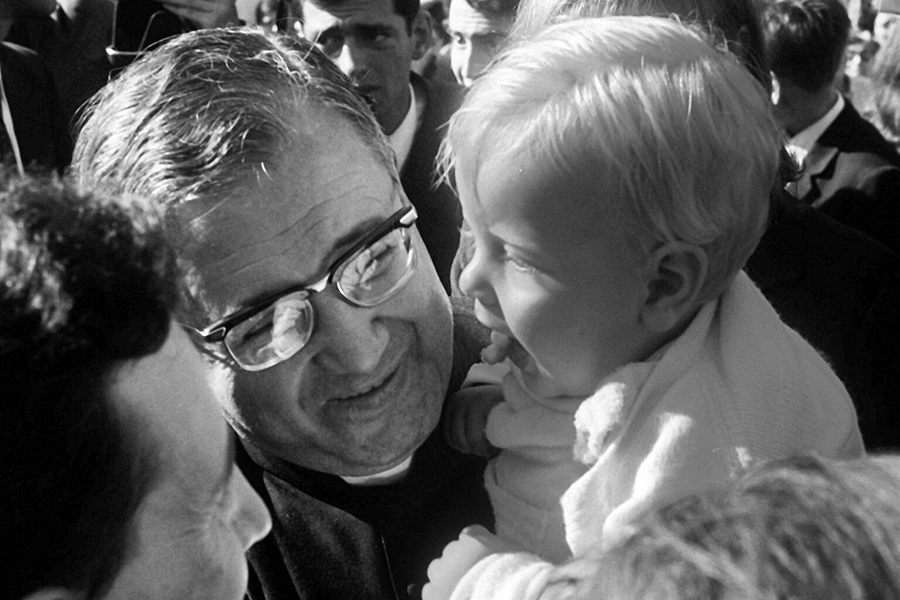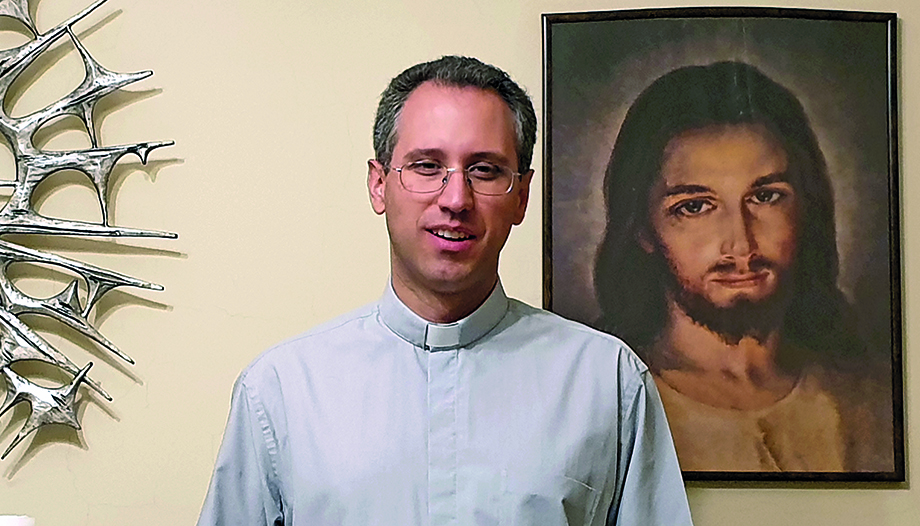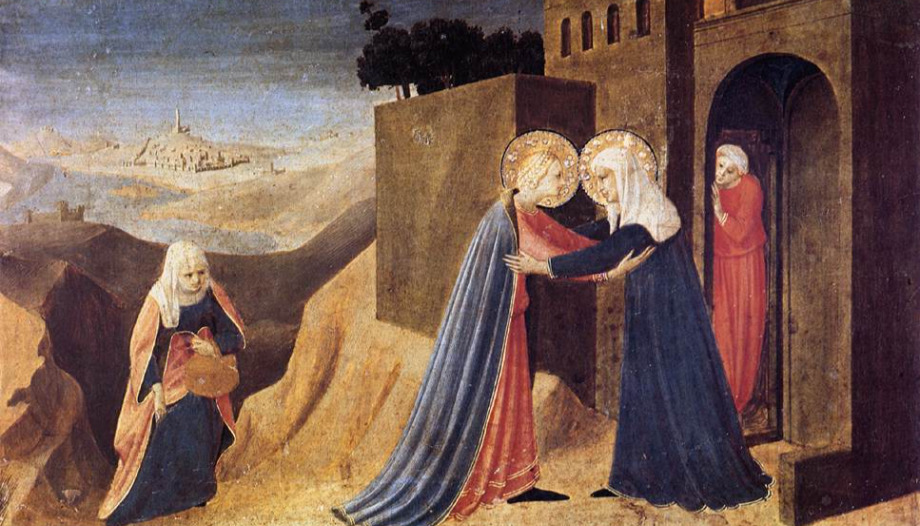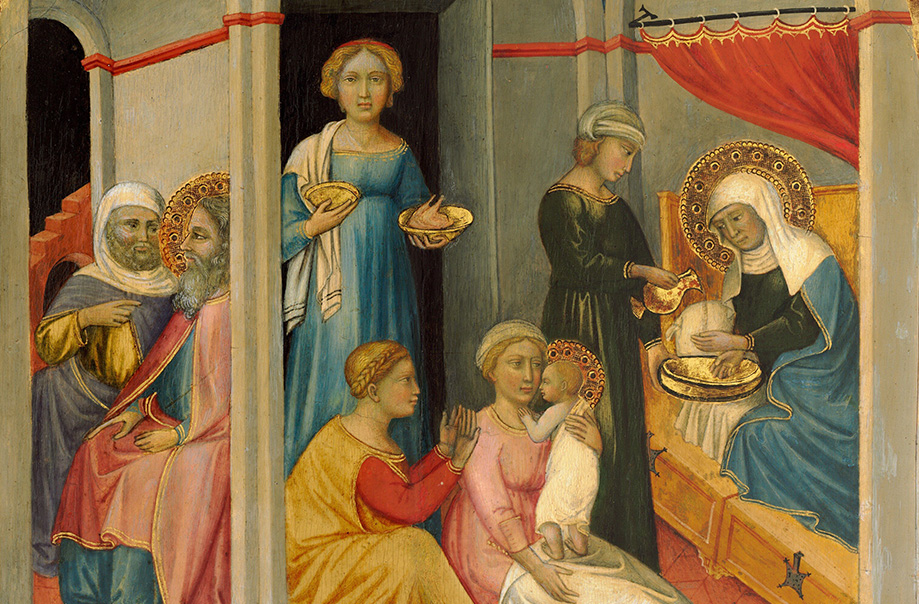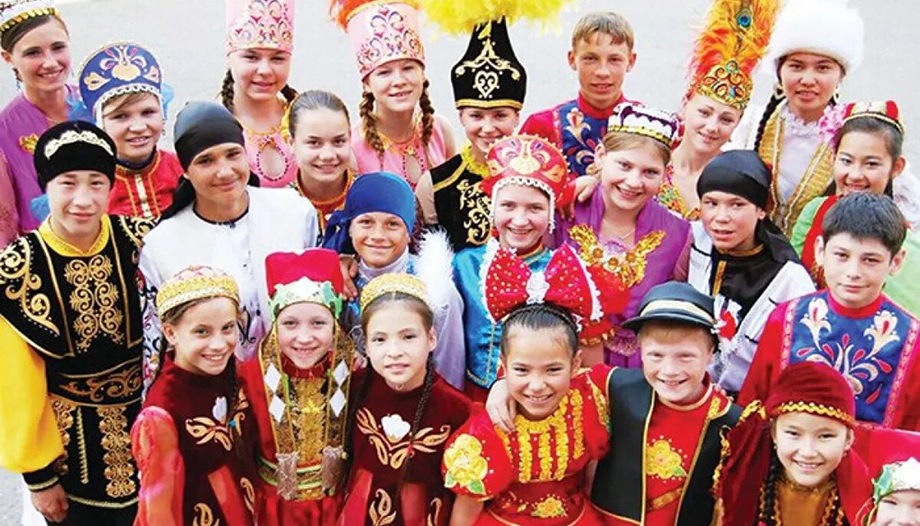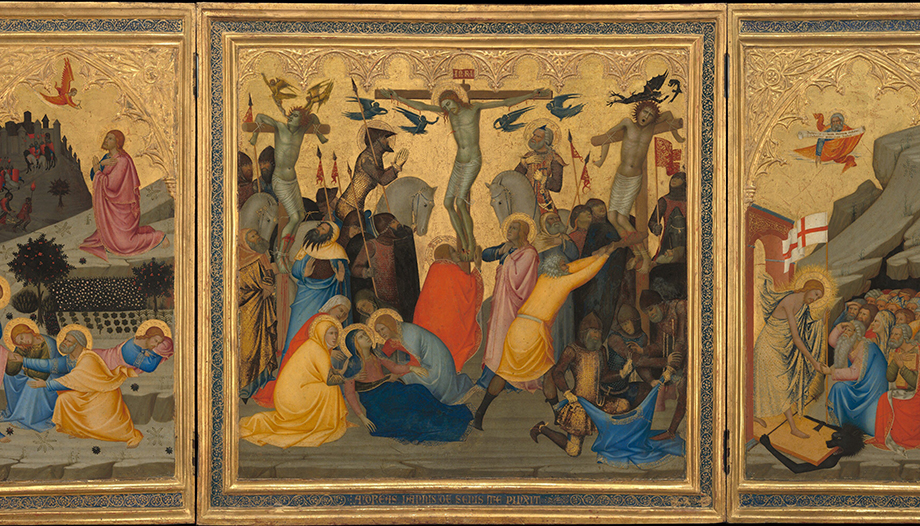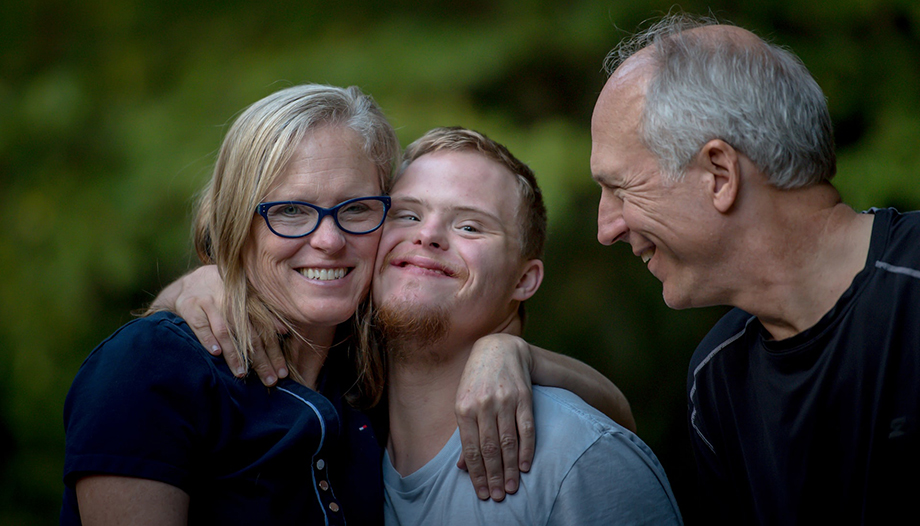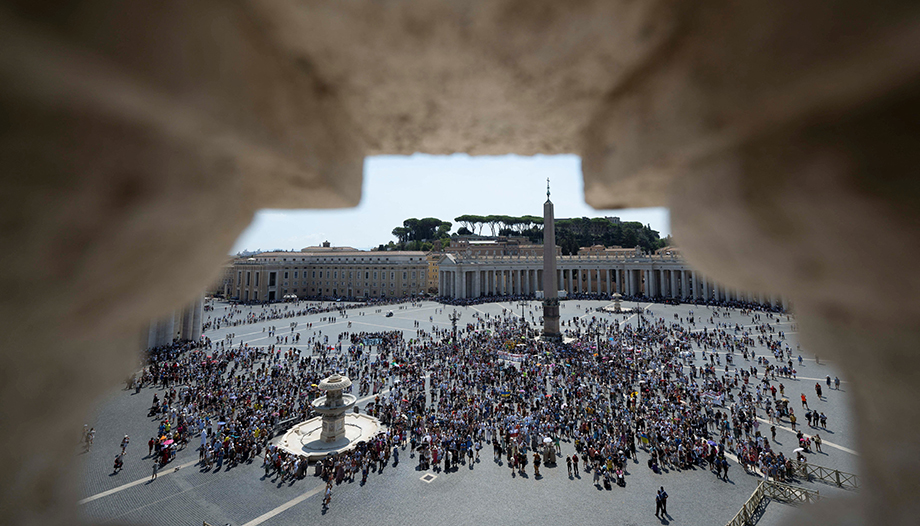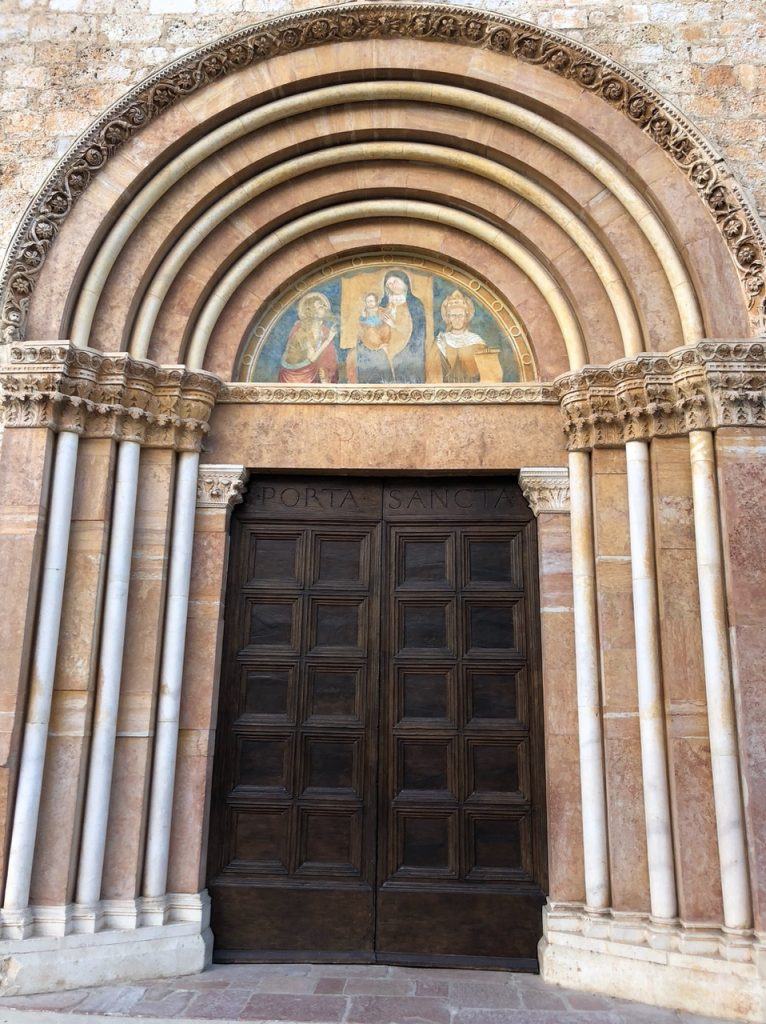Original text of the article in English
Elizabeth II was so ingrained in British culture and life that it seemed she was immortal and always would be. Thousands upon thousands flocked to London, queuing for 14 hours, if not more, to pay their last respects to Her Majesty as she lay in Westminster Hall.
Leaders from around the world have flown to London to attend the funeral, which has been marked as a national holiday; and countless people have tuned in on television, radio and the Internet to follow the ceremony.
Responsibility, service and faith
Despite her frail health and advanced age, the Queen never abdicated and remained in office until her last breath, considering it a lifelong duty.
Queen Elizabeth II's service to her nation and to the Commonwealth serves as a continual reminder that, regardless of a person's status, age or stage of life, they always have an invaluable service to offer others; and it is never without value, nor should it be abandoned. As she said, even before she became Queen, on her twenty-first birthday in 1947: "I declare before you all that my whole life, whether long or short, will be dedicated to your service.".
Recently, the Queen even reaffirmed this commitment during her thank you message for the Platinum Jubilee 2022 weekend: "My heart has been with all of you; and I remain committed to serving you to the best of my ability."
From a tender age, Queen Elizabeth II saw the great responsibility she had within society. For example, at the age of 14, she and her sister, Princess Margaret, made a radio broadcast to offer hope and comfort to other children living through the terrors of World War II. Moreover, from a very young age she always reminded the public that her role was based on the Christian faith. As he once said, "For many of us, our beliefs are of fundamental importance. For me, the teachings of Christ, and my own personal accountability to God, provide a framework within which I try to conduct my life. I, like many of you, have found great comfort in difficult times in the words and example of Christ."
As Supreme Governor of the Church of England she was charged with the duty of defending the Protestant faith. She was even given the title of "Defender of the Faith". This was a title originally rewarded to Henry VIII by Pope Leo X for the Tudor king's defense of the seven sacraments, which he later renounced; and then abrogated by Queen Mary I, finally being reinstated during the reign of Queen Elizabeth I.
During the time of Queen Elizabeth II she recognized and celebrated other faiths. As she said at the Interfaith Reception, at Lambeth Palace, on February 15, 2012 "Indeed, faith groups have a proud record of helping those most in need, including the sick, the elderly, the lonely and the disadvantaged. They remind us of the responsibilities we have beyond ourselves."
Elizabeth II and the Catholic Church
For the Catholic Church, it could be said that he helped advance relations, even accepting conversions within his own family. This is quite significant, since before the reign of Queen Elizabeth II the first sovereign of Great Britain to visit the Pope was King Edward VII in 1903, after three and a half centuries, followed by King George V in 1923.
Elizabeth II met five Popes, four as Queen, and coincidentally her death occurred on an important feast celebrated within the Catholic Church, the Nativity of Our Lady.
Catholics have joined in mourning for the death of the Queen Elizabeth II and in England a requiem Mass was celebrated by the President of the Bishops' Conference of England and Wales, Cardinal Vincent Nichols, on September 9. As Cardinal Nichols noted in his homily at Westminster Cathedral (London), "Queen Elizabeth took many opportunities to explain her faith, gently but directly, especially in almost every public Christmas message she gave. The words of St. Paul that we have just heard reminded me of this. She saw, as he did, that it was her duty to proclaim her faith in Jesus Christ. And, according to her, among the treasures that flowed from that faith was her readiness not to judge others, to treat people with respect and without unnecessary criticism, to welcome them... never to focus on the speck in another's eye. On the contrary, she was always ready to see the good in everyone she met. In an age when we are quick to close people off, to "write them off," her example is of crucial importance."
At a time when many, including today's leaders, often so easily give in to the latest trends, populism, ideologies or a particular lifestyle, the Queen was a symbol of steadfastness, dignity and sophistication: she did not allow herself to be swayed by an ephemeral and ever-changing culture that often belittles, scandalizes and demeans the human being. She showed how formalities, refinement and tradition should not be abandoned, but are the gears towards respect and self-discipline that remind one of one's higher calling in life; as well as the example to set for others.
She was empowering for women, showing how one can be a leading authority in the world without sacrificing her natural femininity, actually showing that she is a great strength to be embraced rather than a hindrance to a woman's identity. As Queen consort Camilla recently said on the BBC program, paying tribute to the Queen, she "carved out her own role" in a male-dominated world.
In her Christmas messages, Queen Elizabeth II reminded us that, however much we advance in society, we must never lose sight of the fundamental values founded on Christianity. As she mentioned in 1983, when discussing technological advances in communication and transportation: "Perhaps even more serious is the risk that this dominance of technology will blind us to people's most fundamental needs. Electronics cannot create camaraderie; computers cannot generate compassion; satellites cannot convey tolerance."
The Queen admired technology and new discoveries in the world, but she also saw the importance of not allowing these innovations to distract us from the more important things in life.
He promoted the need to be close to the poor and to show respect for others, not allowing our status or talent to be used as a means to dominate others, but to be used in the service of others.
Queen Elizabeth II was the modern epitome of elegance and sophistication that many people have tried to emulate, but often fall short.
As the nation and the rest of the world join together to bid farewell to a monumental figure in recent times, it is very appropriate to end this article with one of the Queen's last messages. In her Accession Day message on February 5, 2022, Queen Elizabeth II seemed to be very conscious of the future and wanted to prepare everyone for this sad time by stressing the importance of togetherness: "This anniversary also allows me to reflect on the goodwill shown to me by people of all nationalities, creeds and ages in this country and around the world over the years. I would like to thank everyone for their support. I am eternally grateful and humbled by the loyalty and affection you continue to show me. And when, in time, my son Charles becomes King, I know you will give him and his wife Camilla the same support you have given me."





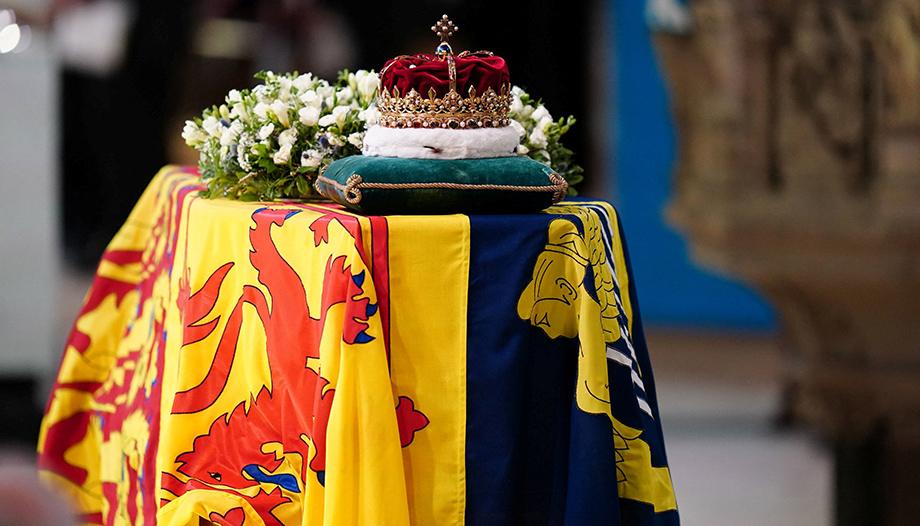
 The Queen's Jubilee and its importance for the Catholic Church
The Queen's Jubilee and its importance for the Catholic Church